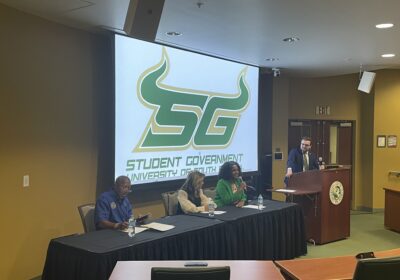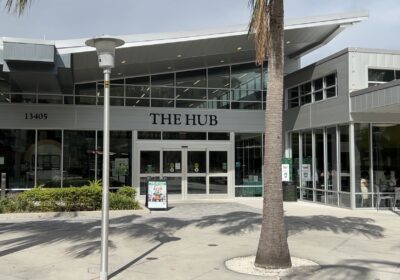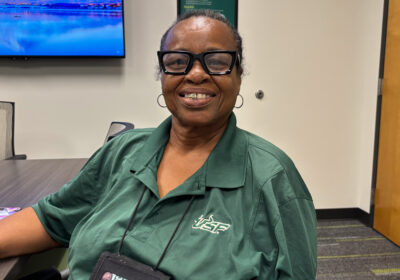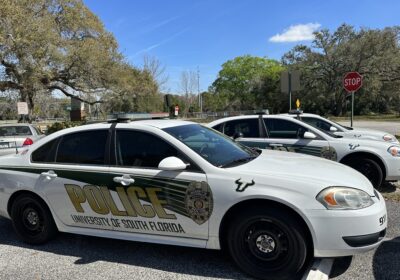College of Public Health officials dispel vaccination myths during virtual event presented in Spanish
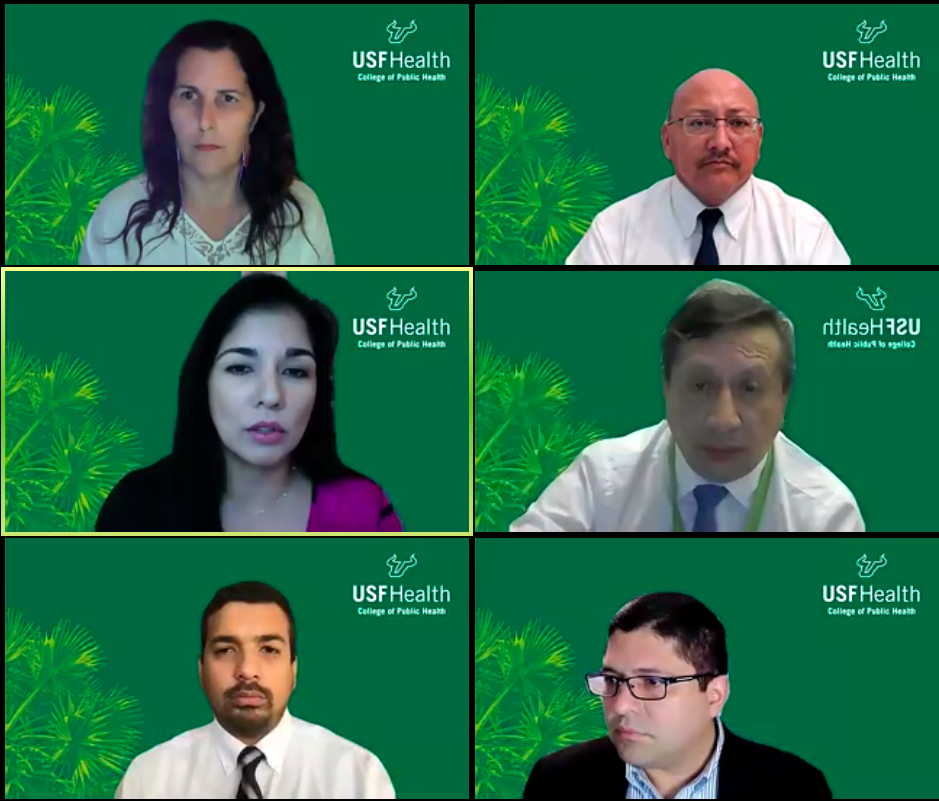
Spanish-speaking faculty members from USF’s College of Public Health busted myths and broke down information related to COVID-19 vaccines in a virtual panel directed at a Hispanic audience.
The College of Public Health’s 90-minute session Tuesday evening kicked off a series of public virtual events focused on topics such as clearing up misinformation on vaccines, the economic impact of the pandemic and how the pandemic has affected domestic violence incidents.
Dates for the other sessions will be announced in the coming days, according to Arlene Calvo, associate professor in the College of Public Health.
The first session titled “Hablemos de la Vacuna del COVID-19” or “Let’s Talk About the COVID-19 Vaccine” focused on facts about available vaccines and was streamed on Zoom and the college’s Facebook page. It was held entirely in Spanish. The main message of this session was, “Get vaccinated.”
Alongside Calvo, doctors Ricardo Izurieta, Dinorah Martínez-Tyson, Abraham Salinas, Miguel Reina and Ismael Hoare participated in the panel discussion, during which the types of vaccines, their importance to get COVID-19 immunity and the measures vaccinated people should have were covered.
Attendees had to answer poll questions such as “Would you get vaccinated if you had the chance to?” or “Does the vaccine have secondary effects?” that would tell the panelists how much the audience knew about a subject. Members of the public could also ask their own questions in Zoom’s Q&A feature.
The Hispanic population has been one of the communities most affected by the pandemic and the deadly consequences of the virus. Compared to white non-Hispanic people, Latino or Hispanic populations have 1.3 times more cases of coronavirus, 3.1 times more hospitalization cases and 2.3 times the death rate, according to data from the Centers for Disease Control and Prevention. Calvo said this is one of the reasons they wanted to share accurate information with the community.
“What has caught our attention in all of this is the amount of misinformation that we see on social media,” Calvo said.
“It has been identified that social media sites in Spanish are monitored much less than those in English. So the Spanish-speaking population, in some way, has been targeted to receive misinformation about a lot of topics that do not have a scientific basis.”
One topic related to misinformation discussed among the panelists was the use of home remedies such as teas, which are commonly used in Latin cultures to treat illnesses. Salinas said even if he respects the use of those because they are part of many people’s beliefs, homemade remedies cannot replace the vaccine.
“It is important to say that you can continue drinking your tea or whatever remedy you are using that is not harmful, but you still need the vaccine,” Salinas said. “Because none of those [homemade remedies] have prevented the illness or have actually decreased its mortality.”
One of the questions the doctors heard in their communities they were eager to address was about the differences and effectiveness of each type of vaccine.
At the beginning of the panel, Izurieta spoke briefly about how the vaccines worked in a person’s immune system. When responding to which one was the best, the answer was unanimous — the first one a person can get.
Reina said all of the vaccines that have been authorized for human use are effective against COVID-19 and prevent hospitalizations and mortality as a result of the virus. The ones discussed in the panel included the Pfizer-BioNTech, Moderna, Johnson and Johnson, and AstraZeneca vaccines.
“The important thing is that we have access to the vaccine so once a person does have it, that is the vaccine that will be most effective for them,” Reina said. “Because they have access to the vaccine at that moment and they should not waste the chance of receiving the protection that the vaccine gives.”
To reinforce their message of how important vaccinations are, Izurieta recounted some of his personal experiences in which he’s seen firsthand the effects of other vaccines and called them a “miracle” in the history of public health.
“In my childhood, when I attended high school and even college, I always had a classmate … with [post-polio symptoms] that had to walk with crutches,” Izurieta said. “In primary school we changed the soccer rules … and we put my friend who had crutches as the goalkeeper and he defended the goal with them.
“Now when I go into a class to teach [at USF] or in other countries, I think [about how great vaccines are] because now I don’t see any students with [post-polio symptoms].”
After getting vaccinated, the doctors emphasized the importance of continuing with preventive measures such as wearing masks and maintaining physical distance.
Calvo said it was common for people to believe they don’t have to protect themselves against the virus anymore once they get their doses. Salinas called this the “Superman effect” and explained that with the virus changing so much, people should continue being careful.
“I have heard the comment ‘I am going to get the vaccine and I am going to go to so many places and I do not need the mask anymore’ but the … [COVID-19 variants are evolving],” Salinas said.
“We know that the current vaccines protect against the current variants, but the situation has not resolved yet … We shouldn’t let our guards down. That would be a mistake.”
The doctors also explained that secondary effects such as arm pain, fever or chills were normal after receiving the doses. At the end of the panel, Martínez-Tyson shared resources the public could use to know where they can get vaccinated or where they can ask for appointments. She asked the community to follow the guidelines and keep their hopes up.
“We see the light at the end of the tunnel,” Martinez-Tyson said. “We are almost there, but not yet, so it is important to stay patient. The vaccines will be more frequently available as more are distributed and there will be more in the [vaccination sites] so be patient, don’t lose hope, we are almost there.”

